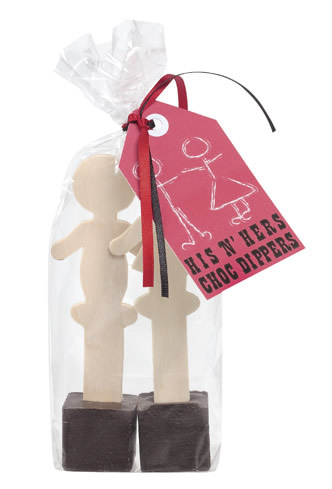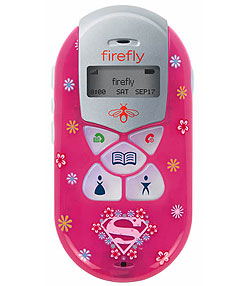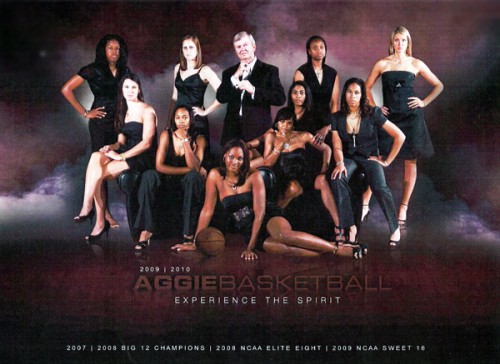Lynne S. clipped this coupon for a “lovers special” at Cassano’s Pizza. Notice it both presumes heterosexuality and genders meat as masculine and veggies as feminine.
We saw the same gendering of food in the Brick House Tavern Menu, TV dinner categories, and a vintage Campbell’s soup ad.
Lisa Wade, PhD is an Associate Professor at Tulane University. She is the author of American Hookup, a book about college sexual culture; a textbook about gender; and a forthcoming introductory text: Terrible Magnificent Sociology. You can follow her on Twitter and Instagram.















